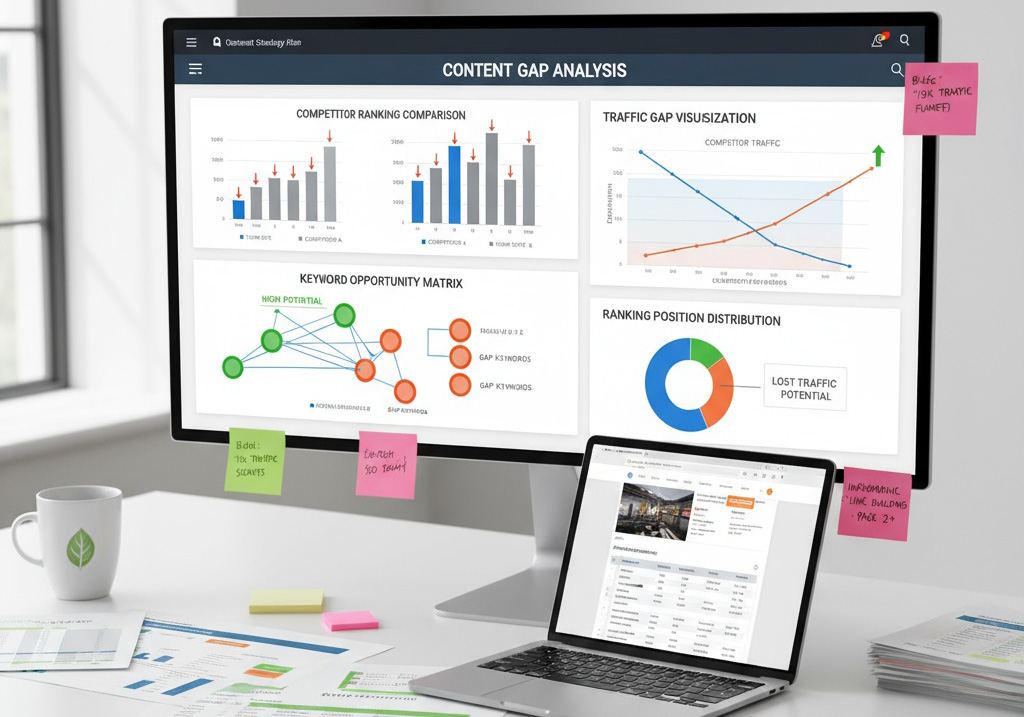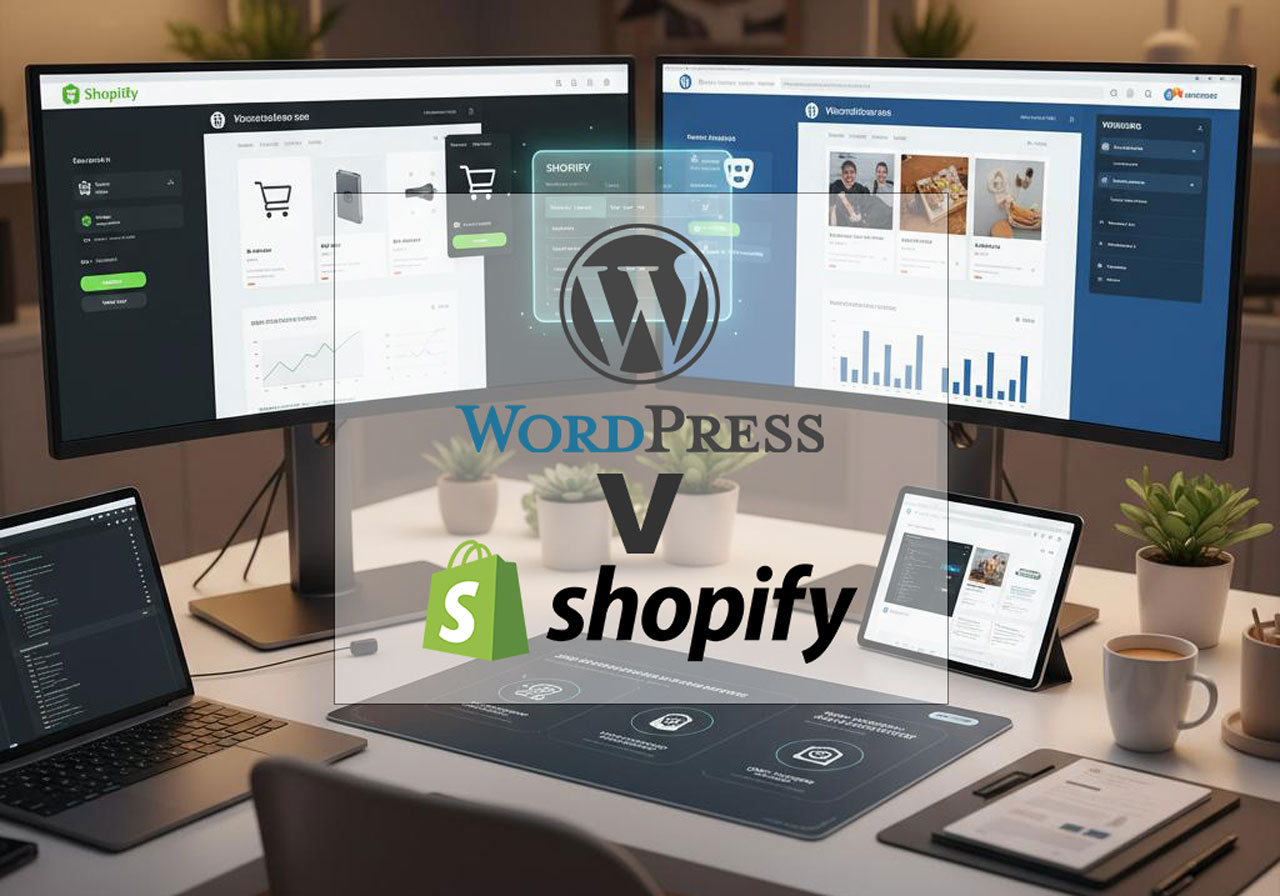Why SEO matters for small businesses
Search engine optimization (SEO) helps small businesses improve their visibility on platforms like Google. It enables local companies to compete with larger brands by ensuring their website appears when potential customers search for relevant services or products.
For small business websites, SEO is not just about getting traffic. It’s about getting the right traffic—visitors who are more likely to become customers. This guide breaks down the core elements of SEO so that small business owners, marketers, or solo entrepreneurs can understand and apply best practices to grow their presence online.
From keyword research and content creation to on-page optimization and link building, each section is crafted to be actionable and easy to follow—no technical background needed.
What Is SEO and Why Small Businesses Need It
SEO stands for Search Engine Optimization. It refers to the methods used to improve how a website ranks on search engines like Google. For small businesses, SEO means better visibility, which leads to more website visits, phone calls, or store visits from people looking for what you offer.
With more than 90% of online experiences beginning with a search engine, showing up in those search results can directly affect your bottom line. Organic traffic is often more cost-effective than paid ads, especially for businesses with limited marketing budgets.
Ensure Google Can Index Your Site
Before SEO efforts can work, your website must be visible to search engines. Google uses automated bots to “crawl” your website. If the bots can’t access or understand your pages, your content won’t appear in search results.
Steps to help Google index your site:
– Submit your website to Google Search Console.
– Use a clean and simple URL structure.
– Create and submit an XML sitemap.
– Avoid using broken links and duplicate content.
– Make sure your robots.txt file doesn’t block key pages.
Conducting Keyword Research That Aligns With Your Audience
Keyword research helps you understand what your target audience is searching for. It guides your content and ensures you’re creating pages that address real needs.
For small businesses, local SEO and intent-driven keywords are crucial. For example, instead of targeting a broad term like “coffee shop,” consider using “coffee shop in downtown Austin.” Tools like Google Keyword Planner, Ubersuggest, or SEMrush can help you identify keywords based on search volume, competition, and user intent.
When selecting keywords:
– Focus on specific, long-tail keywords that match what your customers type into search engines.
– Include location-based phrases if your business serves a geographic area.
– Consider user intent (informational, navigational, transactional) when choosing keywords.
Create High-Quality Content That Delivers Value
Search engines rank pages that provide useful, relevant, and clear content. Google’s algorithm evaluates content based on factors like originality, depth, and clarity.
Tips for creating strong SEO content:
– Start with a headline that includes your target keyword.
– Use short paragraphs, bullet points, and subheadings for easier reading.
– Include internal links to related content and external links to trustworthy sources.
– Update content regularly to keep it accurate and current.
Improve User Experience (UX) Across Your Website
User experience (UX) influences how visitors interact with your website. A site that’s easy to navigate, fast to load, and mobile-friendly will keep users engaged longer—and that can positively impact your SEO rankings.
To enhance UX on your site:
– Ensure your pages load in under three seconds.
– Use a clean layout with clear headings and navigation.
– Make your website mobile-responsive.
– Avoid intrusive pop-ups or auto-play videos.
On-Page SEO: Optimize What’s On Your Website
On-page SEO refers to the adjustments you make directly on your site to improve search engine visibility. These elements help both users and search engines understand what your content is about.
Key on-page SEO elements:
– Title Tags: Include your primary keyword and keep it under 60 characters.
– Meta Descriptions: Summarize the page in 155 characters or less, and use relevant keywords.
– Header Tags (H1, H2, H3): Organize content and signal importance.
– Alt Text for Images: Helps search engines index your images and improves accessibility.
– URL Structure: Keep it short, relevant, and keyword-rich.
Link Building: Earning Trust and Authority
Links from other websites to your content—called backlinks—are one of Google’s top ranking factors. These links act as votes of confidence, showing that others trust your site enough to reference it.
Effective link-building strategies for small businesses:
– Create useful content others want to link to, such as how-to guides or local resources.
– Reach out to industry blogs or local news websites for coverage or guest post opportunities.
– List your business in reputable local directories (like Yelp or Google Business Profile).
– Encourage customers to leave reviews and share your website.
Avoid buying links or engaging in spammy tactics. These can lead to penalties and hurt your SEO in the long run.
Technical SEO: Ensuring Your Site Works Behind the Scenes
Technical SEO focuses on the backend elements that help search engines crawl, index, and rank your website efficiently. While it may sound complex, many aspects are manageable with the right tools or developer support.
Basic technical SEO elements to check:
– Mobile-friendliness: Use responsive design and test with Google’s Mobile-Friendly Tool.
– Secure connection (HTTPS): A secure site builds trust and is favored by Google.
– Fast loading times: Use compressed images, caching, and minimal scripts.
– Crawlability: Ensure no important pages are blocked by robots.txt.
– Structured data (schema markup): Helps search engines better understand your content.
Conclusion: Start Growing Your Online Presence Today
For small businesses, SEO is a long-term investment that builds trust, visibility, and leads. By following the principles outlined in this guide—making your site indexable, targeting the right keywords, creating helpful content, enhancing user experience, optimizing on-page elements, building quality links, and ensuring technical soundness—you create a strong foundation for sustainable online growth.
SEO doesn’t require a massive budget. What it needs is consistency, attention to detail, and a focus on helping your customers find what they need. With time and effort, your website can become a valuable asset in attracting and converting the right audience.














